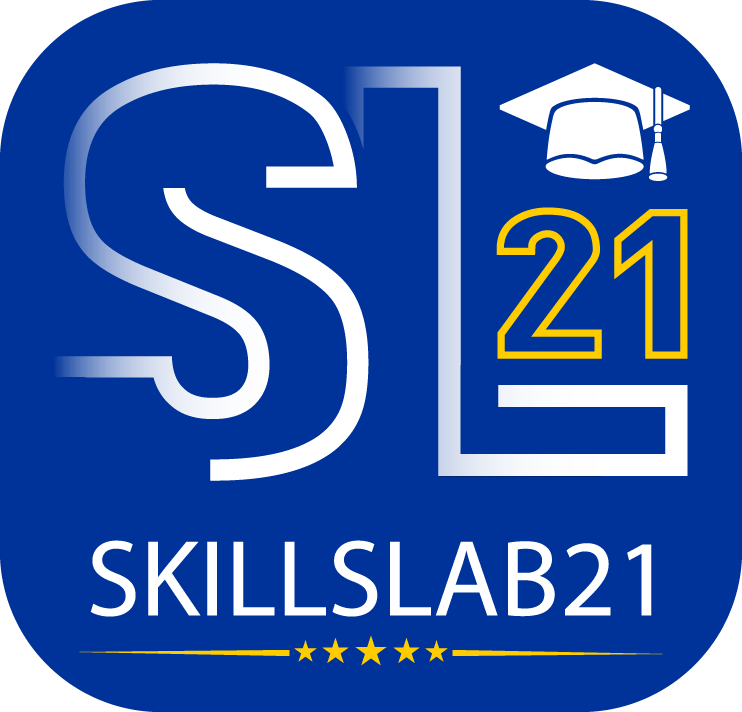CONTENT AND LANGUAGE INTEGRATED LEARNING – CLIL

CONTENT AND LANGUAGE INTEGRATED LEARNING – CLIL
It is called Content and Language Integrated Learning (CLIL) when a subject is taught in English to learners with a distinct primary language (such as math, science, or geography). The content of the class and an aspect of the English language are the two main points of concentration for each lesson. EMI (English as the Medium of Instruction) is a close cousin of this course, which focuses primarily on teaching the subject matter, and both techniques benefit from this course.
CLIL is widely employed in state schools and foreign contexts where students need to enhance their English while also learning the required curriculum. It’s a common practice for many English teachers to use English to teach a different subject or topic, whether it’s a grammar point or a vocabulary word.
If you’re just starting out in the field of CLIL teaching or have some experience under your belt, this course will provide you with a good foundation in the subject matter.
LEARNING OUTCOMES
- Learn how to incorporate the four abilities of English or any other foreign language into the classroom and school curriculum
- Create learning activities that are both fun and effective in achieving language and subject goals.
- It is important to create an engaging classroom environment where learning is pleasant and focused on relevant information.
- Learn how to effectively use English in the classroom so that students can work together and communicate with one another.
- New concepts for raising student interest and motivation in the acquisition of languages by employing interesting and “genuine” materials from the real world can be implemented in the classroom.
Day 1
- Soft and hard CLIL definitions and models
- Aims of CLIL: a dual focus on content and language
- What is the role of a CLIL teacher in education?
- Theory: CLIL is based on four C’s and three D’S.
- How does CLIL work in practice?
Day 2
- Specifying educational goals
- From the beginning to the end of the process
- Knowing what a student’s academic language needs are
- Constructing a framework for content and constructing a framework for language
Day 3
- Choosing CLIL resources
- In the context of the CLIL classroom, adapting materials
- Developing CLIL resources
- Recognizing and addressing cognitive and language difficulties
Day 4
- What are we testing? Is it content, skills, or language?
- What makes a good test question, in terms of summative assessment?
- Tips and approaches for doing formative assessments
- The design was done the wrong way around.
Day 5
- The evaluation of the course includes a review of the skills and knowledge students have gained, as well as comments from the instructor and class discussion.
- The giving of the Certificate of Attendance upon course completion;
- Adventures and other cultural activities
Ready to Get Started?
Update your knowledge, develop new skills with us!
